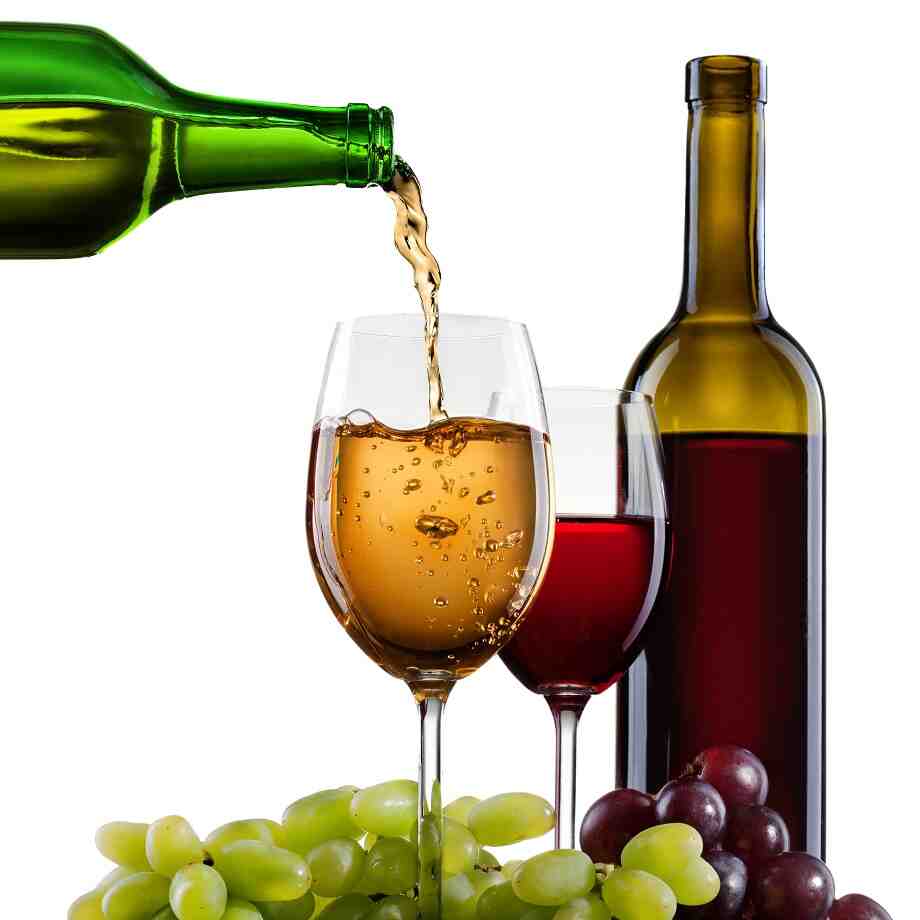What You Need to Know About Wine Storage at Home
Wine is a beverage that can evolve over time, and how you store it plays a significant role in preserving its quality and maximizing its aging potential. Whether you’re a casual wine drinker or a budding collector, understanding the basics of wine storage at home is essential. Improper storage can affect the flavor, aroma, and overall enjoyment of your wine, so it’s important to create the right environment. Here’s everything you need to know about storing wine at home, from temperature control to choosing the right storage system.
1. Ideal Storage Conditions for Wine
To preserve wine in its best possible condition, it’s crucial to store it in an environment that mimics the conditions of a wine cellar. Wine storage should take into account the following factors:
Temperature
- Consistency is Key: The ideal temperature for storing wine is around 55°F (13°C), although a range between 45°F and 65°F (7°C to 18°C) is acceptable. The most important factor is that the temperature stays consistent. Large fluctuations in temperature can cause the cork to expand and contract, which may lead to wine oxidation or leakage.
- Avoid Heat: Storing wine at temperatures higher than 70°F (21°C) can accelerate aging and degrade the wine. Heat can cause the wine to mature prematurely and lose its balance of flavors. Prolonged exposure to heat can even “cook” the wine, resulting in unpleasant flavors.
- Cool but Not Cold: Extremely cold temperatures can damage wine, especially if it freezes. Keep wine away from places like your freezer or a refrigerator set too low.
Humidity
- Ideal Humidity Level: The recommended humidity for wine storage is around 60%-70%. Too much humidity can cause mold, while low humidity can dry out the cork, leading to air entering the bottle, which spoils the wine.
- Moisture Control: If you live in a dry climate, you may need a humidifier or a wine fridge that can regulate humidity to maintain an optimal balance.
Light
- Keep Wine in the Dark: Wine should be stored away from direct light, especially sunlight. UV rays can degrade wine and cause it to age prematurely. A dark, cool, and quiet place is ideal for wine storage.
- Avoid Fluorescent Light: Fluorescent lighting can also affect the wine, especially in long-term storage, so it’s best to avoid exposing wine to any form of harsh light.
Airflow
- Ventilation is Important: Wine should be stored in an area that has good airflow. A closed space with poor ventilation can encourage mold growth or undesirable odors that may affect the wine. Wine storage areas, like wine cellars or wine fridges, often have ventilation systems built in to ensure the air remains fresh.
2. Best Ways to Store Wine at Home
There are several ways to store wine, depending on the amount you have and your storage space. Here are the most common and effective storage methods:
Wine Fridge / Wine Cooler
- For Small Collections: A wine fridge or wine cooler is a popular option for storing wine at home, especially if you don’t have space for a full cellar. These appliances are designed to maintain a consistent temperature and humidity level for optimal wine storage.
- Single Zone vs. Dual Zone: If you’re storing both red and white wines, consider a dual-zone wine cooler, which allows you to set different temperatures for each type. Red wines are usually stored at a slightly warmer temperature (around 55°F), while white wines prefer cooler temperatures (45°F-50°F).
- Energy-Efficient: Many modern wine fridges are energy-efficient and can fit into small spaces, making them a great choice for wine enthusiasts with limited room.
Wine Cellar
- For Larger Collections: A wine cellar offers the most ideal conditions for wine storage. This typically includes temperature control, humidity regulation, and sufficient darkness. If you’re building or converting a cellar, make sure it’s well insulated and sealed from external elements that could introduce fluctuating temperatures or light.
- Racking System: Cellars should have a racking system that allows wine bottles to be stored horizontally, which keeps the cork moist. Corks can dry out if wine bottles are stored upright, leading to oxidation. Horizontal storage also helps with easy access to your wine.
Wine Rack
- For Smaller Storage Needs: For those with a limited number of bottles, a simple wine rack can be an affordable and convenient solution. Wine racks can be placed in kitchens, living rooms, or closets, as long as they are kept away from heat sources or sunlight.
- Wood vs. Metal Racks: While metal racks are durable and space-efficient, wooden racks often offer better insulation and a more aesthetic presentation. However, neither material significantly impacts the wine’s quality, as long as the temperature is controlled.
Closet or Pantry
- Cool and Dark Spaces: If you don’t have a dedicated wine fridge or cellar, a closet or pantry in a cool, dark, and stable environment can work well for short-term wine storage. Just ensure the space isn’t subject to heat or humidity fluctuations, such as near a heater, washing machine, or windows.
3. Storing Different Types of Wine
Different types of wine have different aging potentials, and proper storage can help preserve their unique characteristics. Here’s a breakdown of how to store various wines:
Red Wine
- Aging Potential: Red wines, especially those from regions like Bordeaux, Napa Valley, and Burgundy, can often improve with age when stored properly. They benefit from the consistent conditions found in wine fridges or cellars.
- Storage Method: Store red wine bottles on their sides to keep the corks moist and prevent air from entering the bottle. If you’re planning to age your reds, ensure they are in a cool, dark environment away from vibrations.
White Wine
- Shorter Aging: White wines are usually best consumed younger than reds, but they still require proper storage. White wines with higher acidity, like Chablis or Riesling, can age well, while others, like Pinot Grigio, are meant to be consumed within a few years.
- Storage Method: Similar to reds, store white wines on their side, but make sure to keep them at a cooler temperature (around 45°F-50°F) to preserve their freshness.
Sparkling Wine
- Storing Sparkling Wines: Sparkling wines, such as Champagne or Prosecco, should be stored lying down if they are sealed with a cork to keep the cork moist and maintain their pressure. However, these wines generally don’t benefit from aging, so store them in a cool, dark place for no more than a few years.
- Temperature: Keep sparkling wines chilled (40°F-50°F) before drinking to preserve their crispness and bubbles.
Fortified Wine
- Storage for Ports and Sherries: Fortified wines, like Port or Sherry, are more stable than table wines and can last longer, even after being opened. These wines can be stored upright in a cool, dark place.
- Storage Method: Once opened, fortified wines should be sealed tightly and stored in a cool, dark area. They can last for several weeks to a few months, depending on the style.
4. Storing Wine After Opening
Once you’ve opened a bottle of wine, the clock starts ticking. Oxygen exposure can cause wine to deteriorate quickly, but there are ways to extend its shelf life.
- Cork the Bottle: If you haven’t finished the wine, recork it tightly or use a wine stopper to minimize air exposure.
- Refrigerate Open Bottles: Even red wines can benefit from refrigeration after opening. Store them in the fridge, and let them warm up to the right temperature before drinking again.
- Vacuum Sealers and Wine Preservation Systems: For more serious wine drinkers, investing in a vacuum sealer or a wine preservation system can help extend the life of an opened bottle by removing air and preserving its freshness for several days.
5. Tips for Wine Collectors
- Track Your Collection: For those building a wine collection, keeping track of your bottles is important. Consider using a wine inventory app or spreadsheet to document the type, age, and storage location of each bottle.
- Rotation: Regularly check your wine and rotate your bottles. Place newer bottles at the back and older ones in the front so you can drink them at the ideal time.
Conclusion
Proper wine storage at home is essential for maintaining the quality and taste of your wines, whether you’re storing them for short-term enjoyment or aging them for future consumption. The key factors to consider are temperature, humidity, light, and airflow. With the right equipment and knowledge, you can enjoy your wine at its best, ensuring that every bottle is in perfect condition when you’re ready to open it. Whether you have a modest collection or a growing cellar, taking the time to store your wine properly will always pay off in the long run. Cheers!










